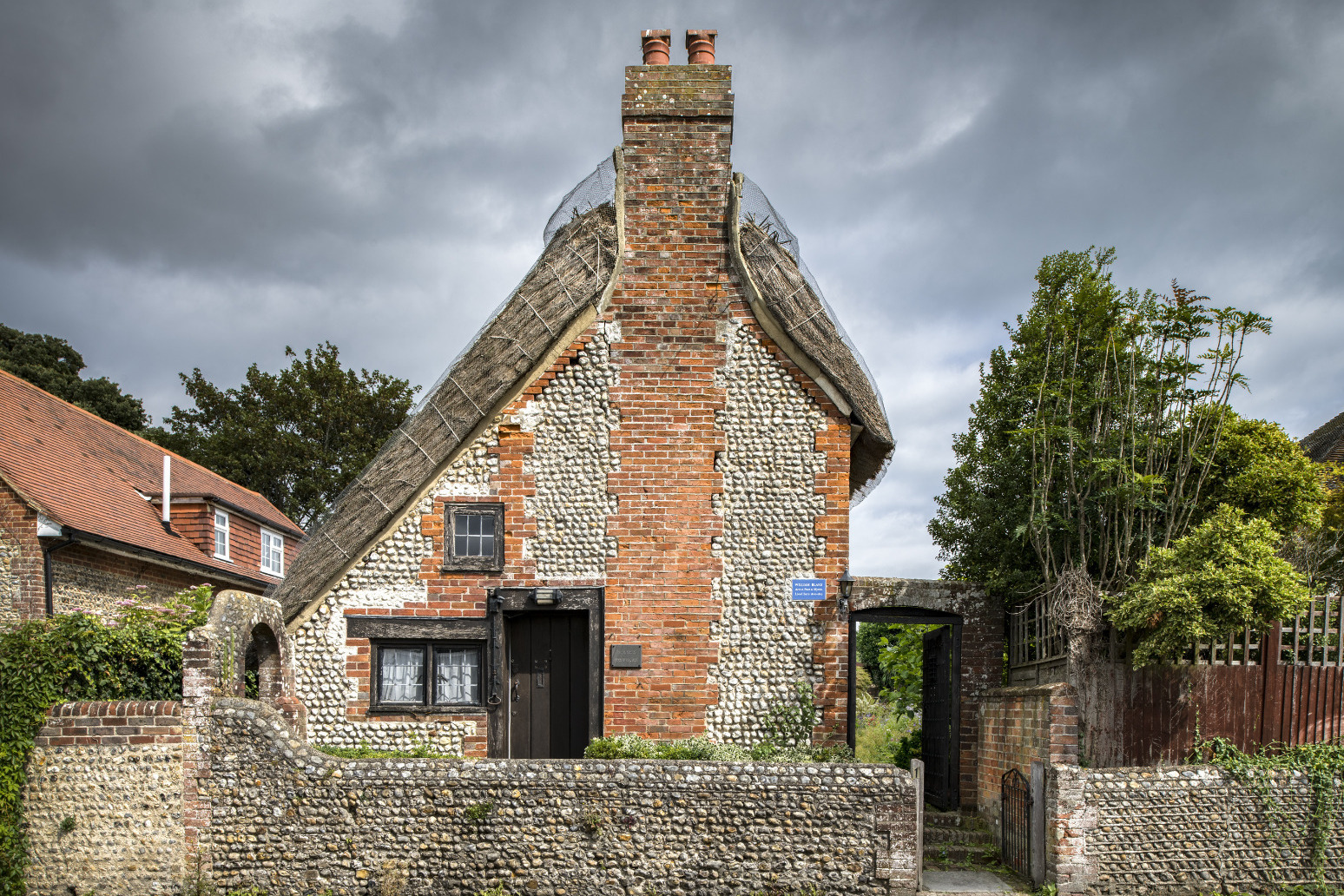
Poet William Blake’s ‘Jerusalem’ cottage among sites added to heritage risk list
There are now 4,985 sites on the register which is 112 fewer than in 2020
The thatched cottage where poet William Blake wrote the words to the hymn Jerusalem, one of England’s oldest windmills and the remains of a wild natural garden are among the historic sites at risk of being lost forever.
In contrast, sites such as London’s Battersea Power Station, an 18th century landscape scene painted by English Romantic artist JMW Turner and the world’s tallest three-sided obelisk in Somerset have been saved, according to this year’s Heritage at Risk Register.
They are among the 233 sites in England which have been been saved from neglect, decay or inappropriate development and taken off the register while 130 deteriorating venues have been added to the list.
There are now 4,985 sites on the register which is 112 fewer than in 2020, the Government heritage agency Historic England said.
Decay and problems with the thatch, roof and masonry of the grade II-listed West Sussex cottage in Felpham, Bognor Regis, which Blake and his wife Catherine called home in the early 1800s has seen it placed on the register.
The building was placed into trust for the nation in 2015, while a fundraising appeal has been launched for the site’s restoration.
Historic England said that among the places at risk are 1,459 buildings or structures, 2,001 non-structural archaeological locations, 923 places of worship, 104 parks and gardens, 491 conservation areas, three battlefields and four protected wreck sites.
Bourn Mill in South Cambridgeshire is one of England’s oldest windmills but it faces collapse due to its rotting central supporting beams.
The main post of the grade I-listed mill is believed to be from a tree felled after AD 1515.
The site was an inspiration for the work of architect Lord Foster, who prepared drawings of the mill while studying at Manchester University.
The remains of a natural garden at Warley Place in Essex created by influential horticulturalist Ellen Willmott are at risk.
Urgent action is needed to fund and introduce a conservation plan to repair ruined structures, uncover hidden architectural features and help enhance the nature reserve.
More than 60 plants have been named in honour of either Warley Place or Willmott.
She transformed the grounds into one of the most celebrated gardens in the country after moving there with her parents in 1875.
The Restoration, which is a protected shipwreck lying off the Goodwin Sands near Deal in Kent, is among the other heritage sites which are now officially at risk.
It comes after a sandbank moved off the wreck and left it exposed.
Battersea Power Station, which was built from 1929 and had been on the at-risk register for 30 years, has been taken off the register.
The once derelict station which became vacant by 1983 has been revamped with new retail, leisure and dining venues alongside housing and office space at the site which supplied one fifth of London’s electricity.
Simon Murphy, chief executive officer at the Battersea Power Station Development Company, said he was “delighted” that “several years of careful and complex restoration” had resulted in the site’s removal from the register.
Plumpton Rocks in Harrogate, which was one of a collection of gardens across North Yorkshire that was painted by JMW Turner, has also been saved.
The silting of the lake and tree growth had threatened the site.
But the lake has been dredged, repairs have been made to the dam and work was done to manage the trees and vegetation growth.
Restoration work is also being carried out on the parkland.
Published: by Radio NewsHub